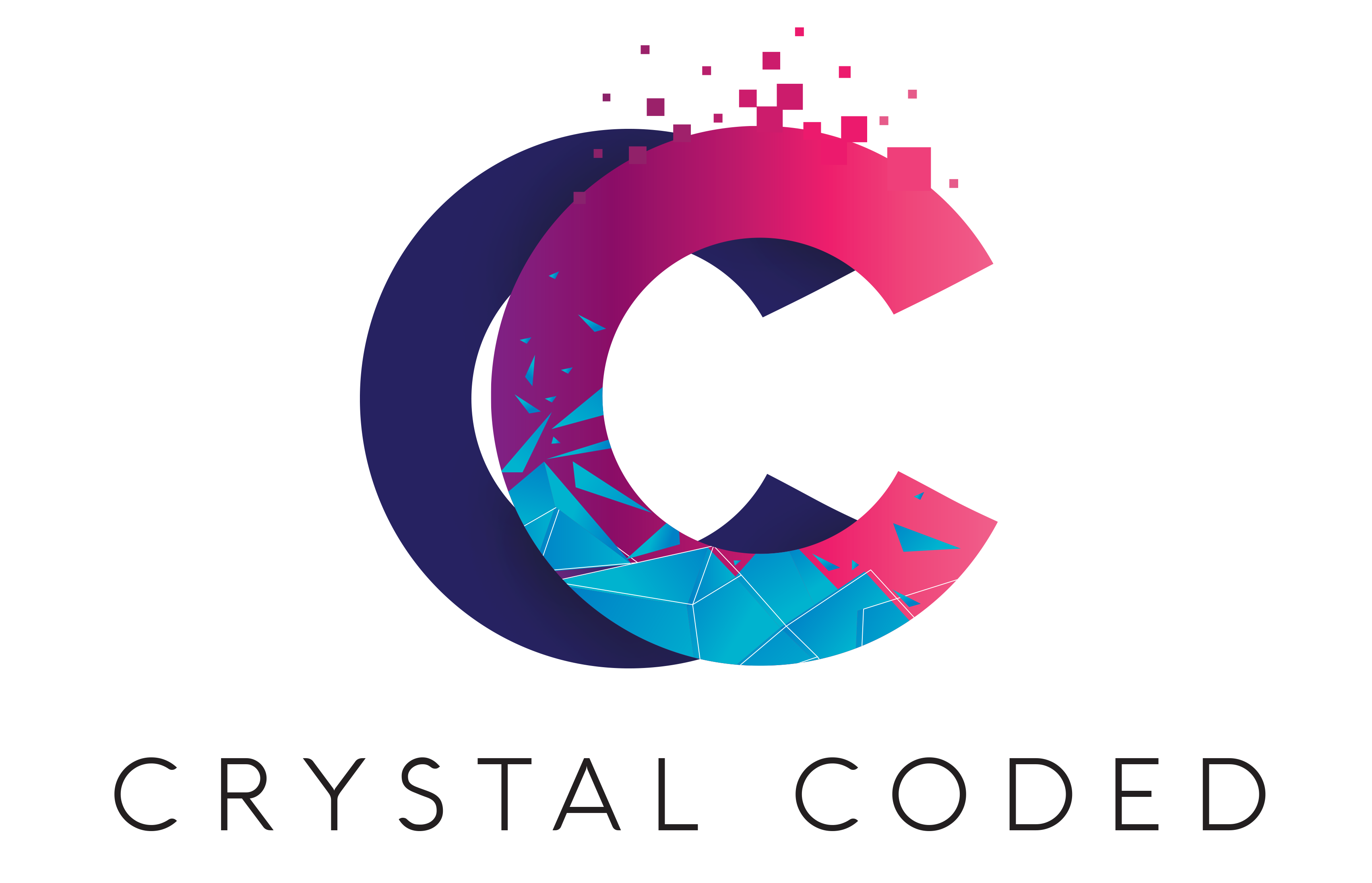What is a COA (Certificate of Analysis)? And how do I read one?
- Greenly Organic

- Jan 22, 2020
- 3 min read

A Certificate of Analysis, also known as a COA, is a document from an accredited laboratory that shows the quantity of various cannabinoids in a CBD product.
Every batch of every CBD product made by manufactures are sent for lab testing. This lab testing is done to prove how much CBD is there products and to prove the quality of there products.
Always check the COA before using a CBD product
COA's aren’t always easy to get your hands on before buying your CBD products, worst case scenario you can reach out to the manufacturer to request it. Here at Greenly Organic we always provide the analysis report for all our products that contain CBD within the products descriptions as displayed below.

If you can’t get a COA from the manufacturer’s website, customer service, or the product label, that’s not a good sign. Any CBD company that provide a good quality will always get their products lab tested. After all, a COA is as much for the customer as it is for the company to double-check the quality of their products. If they don't have this you can bet that the product may not be up high quality standards.
What to look out for on a Certificate of Analysis
Once you get a hold of your Certificate of Analysis for your product, there are a few red flags that you should look out for:
1. Levels of THC
In order to be considered CBD/hemp oil, by law, it cannot contain a THC level above 0.3%, if it contains more THC, then it’s considered a marijuana product and may not be legal in your state. So when you read your COA make sure it is .03% of THC or less and/ (N/D) which stands for "Not Detected".

2. Level of CBD
To ensure that you are getting what you are paying for it is always a good idea to check COA CBD levels. To ensure that the there is as much CBD in the products you are buying you should compare the report to what is on the products label.
3. Missing Cannibinoids
If a CBD product is marketed as full-spectrum, broad-spectrum, or PCR, that means it contains a variety of cannabinoids not just CBD. The COA should show the product contains at least small amounts of CBDa, CBG, CBC, CBN, and/or other cannabinoids, in addition to CBD.
4. In-House Testing
If the CBD product is tested in house this should raise your eyebrow just a little and also raise a little skepticism. Unless you a buying from a manufacture that you really trust, there is a chance that that manufacture testing can be skewed because it is tested in-house. Not saying that you can never trust in-house testing but just be cautious when doing so.
How to read the labels on a COA
Because COA come in so many different formats, they can sometimes be hard to read. They are usually at least 3 measurements that every COA measures in:
Milligrams (mg) of CBD in the full product
Milligrams (mg) of CBD per gram (g)
Milligrams (mg) of CBD per milliliter (ml)
That first type of result ( Milligrams (mg) of CBD in the full product ) means you don’t need to do any further calculations, as it already shows you the total amounts of each cannabinoid in the product. However, for the others measurements, you will need to know one thing about the product in order to make your calculations.
MG per G

If the COA results show the amount of cannabinoids per gram, then first thing that you need to know the total weight of the product in grams. Most products do not show their weight in grams on the label, so you may need to ask or check if the COA contains that information.
For example, a product weighing 25 grams with an advertised 300mg of CBD should have 12mg of CBD per gram.
MG per ML
If the results show the amount of cannabinoids per milliliter, then it’s a little easier. However, this type of measurement only (easily) works for liquids. Simply take the total milliliters of the product and multiply it by the amount of CBD per milliliter.
Sources: https://madebyhemp.com/certificate-of-analysis-coa-how-to-read/




Comments